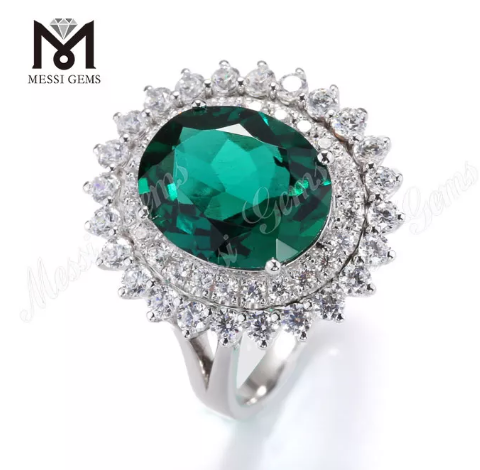The Rise of Lab Diamonds: Sparkling in Science and Splendor
Diamonds, these brilliant stones have always been a symbol of prestige and luxury. But the dawn of a new age in the jewelry industry has arrived, bringing with it the birth of lab-grown diamonds. These gems, identical to their natural counterparts in all aspects, offer a fresh, sustainable, and economically savvy alternative.
What Makes a Lab Diamond?
Lab diamonds, or engineered diamonds, are the product of human ingenuity and cutting-edge technology. Through two primary processes, these diamonds are created to mimic the natural formation of diamonds to near perfection.
The Power of High Pressure, High Temperature (HPHT)
This is one of the oldest methods used to create lab diamonds. In this process, a diamond seed is subjected to conditions replicating the earth's core – extremely high pressure and high temperature. This environment eventually forces the seed to transform into a crystalline diamond.
The Innovation of Chemical Vapor Deposition (CVD)
The CVD method introduces a more recent technological breakthrough in lab diamond creation. 4 carat lab grown diamond.This process involves placing a diamond seed in a chamber filled with carbon-rich gases. When heated, the gases break down, and carbon atoms stick onto the diamond seed, initiating the growth of the diamond crystal.

Comparing Lab Diamonds and Mined Diamonds: The Defining Factors
Lab diamonds may share the same qualities as mined diamonds, but significant differences set them apart.
Source and Cost
One glaring distinction between the two is their origin – lab diamonds are created in laboratories, while mined diamonds are extracted from the earth's crust. This difference in sourcing significantly impacts the price, making lab diamonds about 30% cheaper than mined diamonds.
Ecological Impact
Mined diamonds carry a high environmental cost, including land displacement, water pollution, and deforestation. On the contrary, lab diamonds produce a lower carbon footprint and represent a more eco-friendly choice.
Lab Diamonds in the Jewelry Universe: Not Just for Engagement Rings
Lab diamonds have started to dazzle in all kinds of jewelry pieces, not just engagement rings. Their affordability, combined with ethical sourcing, make them a popular choice for a variety of jewelry styles, from necklaces and bracelets to watches and cufflinks. They offer a versatile option, fitting elegantly into both grand soirées and casual everyday wear.
Assessing the Quality of Lab Diamonds
Lab diamonds, just like their natural counterparts, are evaluated based on the four Cs – cut, color, clarity, and carat. Respected institutes like the Gemological Institute of America (GIA) provide grading services to assure you of your lab diamond's quality.
Lab diamonds epitomize the harmonious blend of advanced science and luxury. They offer an elegant, ethical, and cost-effective alternative to traditional diamonds. With continued advancements in technology, the charm of lab diamonds is set to shine brighter, heralding a future where the jewelry industry values sustainability and ethical practices alongside beauty and sparkle.